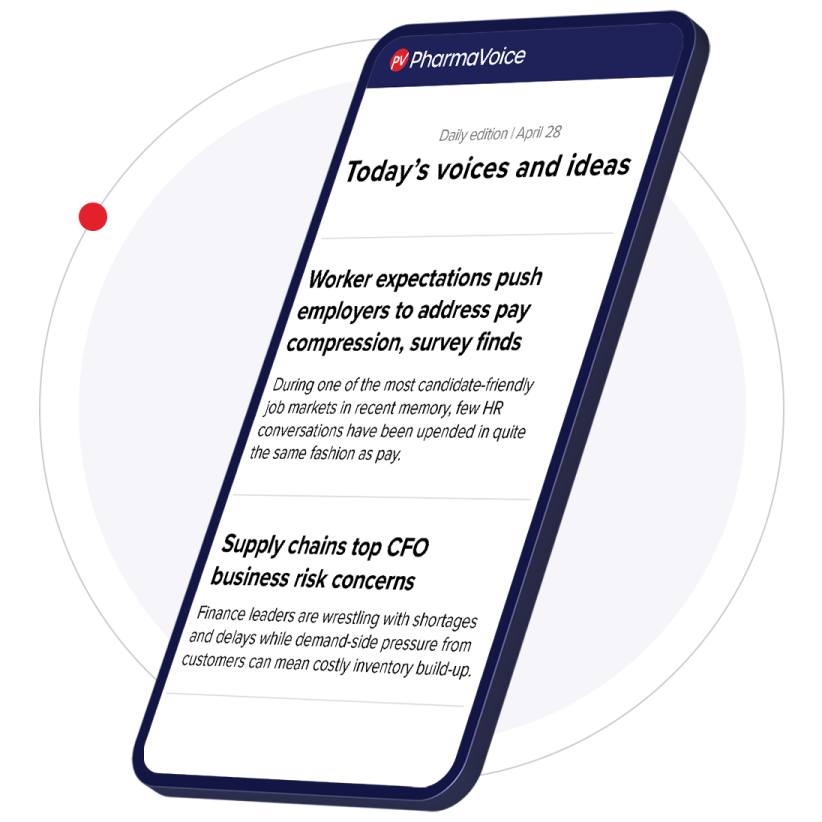Following years of relatively unsubstantial M&A in the biopharma industry, will 2025 be a long-awaited turning point? Signs from the first half of the year are starting to point that direction.
AbbVie’s announcement last week that the pharma giant would pick up CAR-T biotech Capstan in a deal worth $2.1 billion gave investors and analysts hope that industry heavyweights are opening their pursestrings to fill gaps in the pipeline. After all, widespread patent cliffs like the one AbbVie faced a couple years ago with Humira necessitate a proactive approach.
Last year was “a really tough year for M&A,” said Ashwin Singhania, principal at EY-Parthenon life sciences, during a recent panel discussion. While deal volume was almost equal in 2024 to the year before, the value of those deals plummeted more than 50% in biopharma, according to an EY report in which analysts called 2024 a “reset year.”
Over the last half-decade, the biggest drugmakers have (for the most part) opted for smaller, bolt-on acquisitions over dives into the deeper end of the M&A pool. While the tough environment persists, pharmas with cash to spend and upcoming patent cliffs have waited long enough to pull the trigger, said EY Americas life sciences leader Arda Ural.
“It's easy for pharmas to sit on the sideline and wait for this all to play out, which is exactly what's happening — let's face it, they have a huge patent cliff coming up over the next couple of years, so they need to start,” Ural said. “It's a matter of when, not if.”
Here’s a look at three of the biggest deals of 2025 so far and a potential return to form for an industry that depends heavily on transactions to bring new sources of revenue into action.
Johnson & Johnson and Intra-Cellular Therapies
J&J’s $14.6 billion purchase of the psychiatric drugmaker Intra-Cellular Therapies at the beginning of the year signaled that 2025 might be different — it was the biggest payout since 2023.
The deal also kept J&J active in the neuroscience field, which has seen a resurgence in the last few years. Bucking the trend of smaller deals, the value placed on Intra-Cellular showcased the need for J&J to overcome the patent cliff for the immunology powerhouse Stelara this year.
“Neurology has certainly emerged over the last couple of years as a therapeutic area where there's been a bit of a resurgence, if I can call it that, in terms of investment,” Singhania said.
Sanofi and Blueprint Medicines
Sanofi’s $9.5 billion buyout of Blueprint Medicines doubled down on the French pharma giant’s focus on drugs that impact the immune system. Blueprint’s lineup includes an approved rare disease treatment and, most importantly for Sanofi, a slate of earlier-stage prospects that could push into the next generation.
EY analysts point to immunology as an ongoing therapeutic workhorse for the industry that covers many diseases at once. Investing in new modalities could pay off on multiple avenues, Singhania said.
“The beauty of immunology is that the same mechanism of action can be applied across multiple diseases,” he said. “Once you have a de-risked asset, the upside there is generally pretty high.”
Merck KGaA and Springworks Therapeutics
Oncology remains a consistent target for M&A. Germany’s Merck KGaA shelled out $3.9 billion to stay on top of the rare cancer space with the purchase of SpringWorks Therapeutics in April.
Rare diseases, particularly in oncology, present an opportunity to own a corner of the market. And for Merck KGaA, it was the largest healthcare deal in more than two decades, according to CEO Belén Garijo.
As deals like these mount in 2025, the industry’s appetite only grows, EY analysts said.
“All in all, it continues to be a tough environment, but hopefully as the macro and policy clouds are lifting, it will give biopharma the confidence in their deal models to deploy capital on M&A,” Singhania said. “In turn, that will open up other investment vehicles.”










